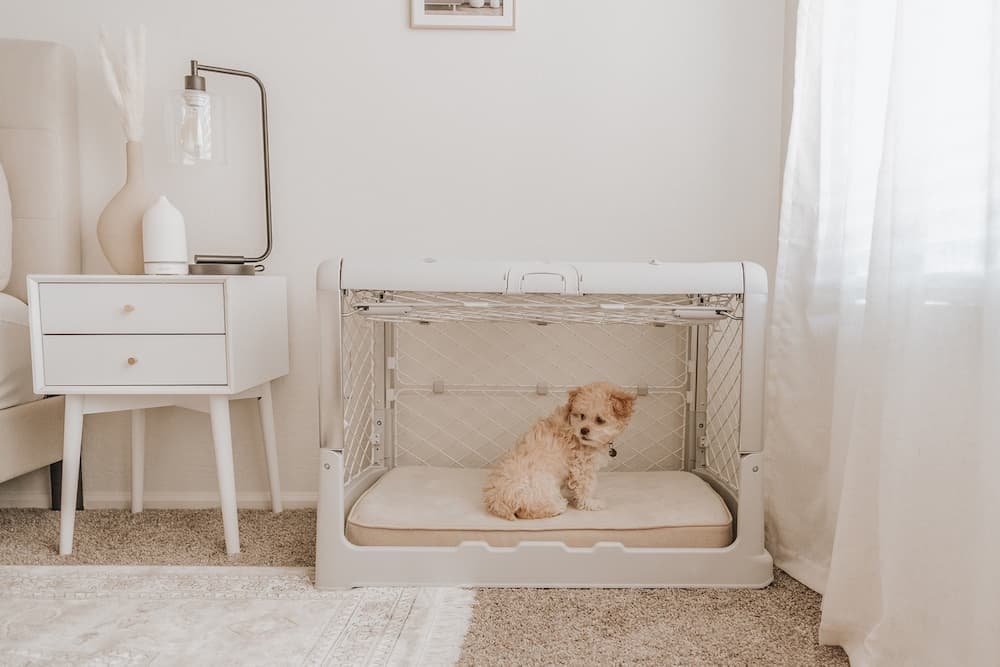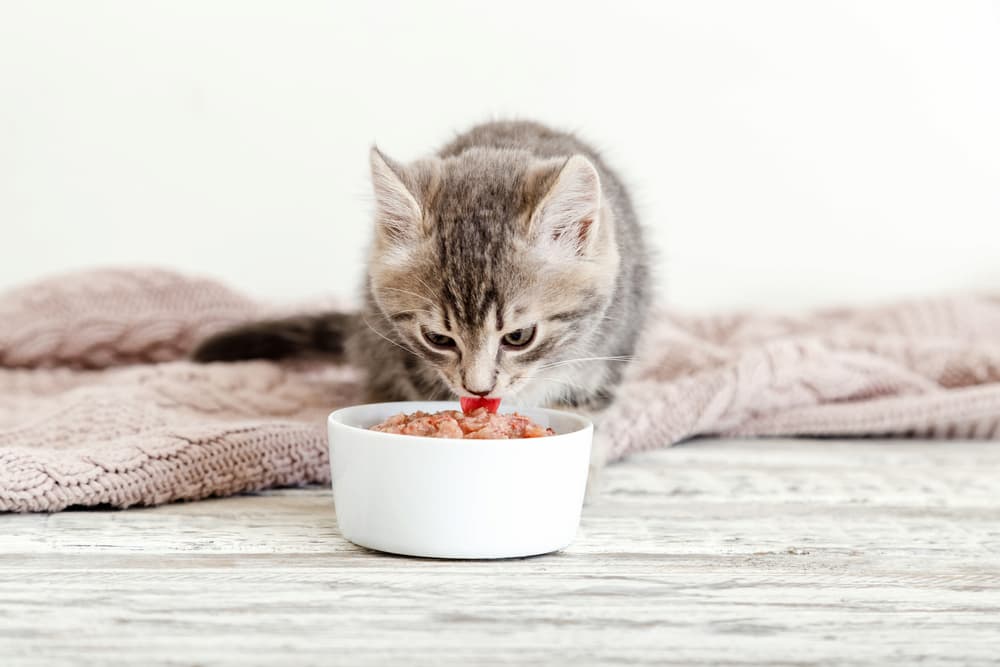Cats With Thumbs: All About Polydactyl Cats

Polydactyl cats, also known as cats with thumbs, often attract attention with their splayed-out, mitten-like paws.
This unique feature can be found in multiple types of cats no matter their sex, size, or breed. But two of the most common polydactyl cat breeds are the Maine Coon and Pixie Bob. [1]
Considering a scroll through cats with thumbs for adoption? Read on to learn some of the history behind these charismatic felines, interesting facts, and why they make for such great pets.
What Is a Polydactyl Cat?

Most cats are born with five toes on their front paws and four toes on their back paws, but polydactyl cats can sport six or more toes per paw.
When it comes to what a normal cat paw vs. polydactyl cat paw looks like, it depends on the individual feline. These extra digits may pop up on the edge of paws like thumbs, pinky fingers or toes, or even down the middle of the paw. They could affect one paw, two, three, or all four. [2]
You may not see them every day, but “polydactyl cats are not that rare,” says Dr. Ashley Rossman, a veterinarian at Glen Oak Dog and Cat Hospital in Glenview, Illinois. “They are certainly a minority of the overall feline population, but they do occur with some regularity.”
Why does this happen? “Polydactyly results from mutations in a group of genes that control digit development,” says Dr. Bruce Kornreich, a veterinarian and director of the Cornell Feline Health Center. It’s an autosomal dominant trait, meaning that only one parent cat has to have the gene in order for it to show up in kittens. [3]
While it would be cool to see cats with opposable thumbs picking up objects like chimps or gorillas, polydactyl cats generally do not have opposable thumbs. Extra digits work just like the other ones on a cat’s paw.
Polydactyl Cats in History

Cats with thumbs have been popular pets for hundreds of years. Although there’s some controversy about where exactly they come from, historians say they were likely brought into the United States by sailors in the nineteenth century or earlier. [4]
Some say this might be why polydactyl cats seem to be more common along the northeastern coast of the United States as well as parts of Southwest England and Wales. However, many cats in the U.S. have different genetic mutations than those seen in cats in the UK, so their ancestry may be more complicated than a trip across the Atlantic, says Dr. Kornreich.
There are a few famous clusters of polydactyl cats including in Ithaca, New York, where they’re called “Ithacats,” and—perhaps most well-known—the Florida Keys’ collection of “Hemingway cats.” The Ernest Hemingway Home and Museum, where the famous writer once lived, is a cat lover’s dream vacation spot with around 60 polydactyl felines hanging around the grounds at any time. They’re descendants of Snow White, a white six-toed cat that a ship’s captain and drinking buddy gave to Hemingway.
Today, polydactyl cats continue to delight with their eye-catching looks and extra-large kneading paws.
Cats with Thumbs: 7 Fascinating Facts

Need more reasons to fall in love? Here’s what else you need to know about these intriguing felines.
1. They could be good luck charms.
In the past, seafarers often brought polydactyl cats on board because they believed they would bring them good luck on their journey. Avid and agile hunters, they also served a more practical role—keeping mice and pests at bay.
2. The record for the most toes on a polydactyl cat is 28.
According to the Guinness Book of World Records, the cat with the most toes is Jake, a male ginger tabby cat who lives with his owners Michelle and Paul Contant in Ontario, Canada. He has a whopping 28 toes total, with seven on each paw, as counted by a veterinarian in 2002.
But he might have to share his throne soon, as another cat named Paws also has 28 toes, according to a CBS News story out of Minnesota.
3. There was once a polydactyl cat in the White House.
Theodore Roosevelt had numerous pets while president, including Slippers, a six-toed cat. The bluish-gray tabby had a way of making his presence known, frequently “attending” formal dinners and plopping down in the middle of the hallway when dignitaries were visiting.
4. Polydactyly can sometimes be confused for another serious condition.

Having extra digits typically doesn’t cause cats harm. But feline radial hypoplasia, a rare genetic abnormality that causes extra toes and large, flat feet, can lead to severe deformities and disability in future generations if they continue to breed. [5]
5. These cats go by many different names.
Due to their appearance, polydactyl cats have earned a slew of nicknames. Along with Ithacats and Hemingway cats, they’re also sometimes lovingly referred to as cats with thumbs, six-toed cats, mitten cats, and boxing cats.
6. Polydactyl cats aren’t the only animals with extra digits.
Turns out, cats with thumbs are in good company. Humans, mice, dogs, horses, cattle, springboks, and birds, among others, are also sometimes born with extra digits. [6]
7. Contrary to popular myths, extra toes don’t impart any supercat powers.
Folktales abound when it comes to what extra digits can do for cats: they’re “snowshoes” for Maine Coons, a supersized scoop for catching fish, et cetera. But there’s no evidence that polydactylism gives felines any special advantages—besides the cuteness factor.
Cats With Thumbs for Adoption: Tips and Advice

If you’re looking for a cat with thumbs to add to your family, congratulations! They make for wonderful pets.
Some good news: Polydactyl cats generally do not have any special health or grooming needs besides regular upkeep for their extra claws.
“The most important issue is that the abnormal development of the digits in polydactyl cats may predispose them to having their claws grow inappropriately long when their owners can’t easily see all of their claws,” says Dr. Kornreich. To avoid ingrown claws and side effects like difficulty walking, discomfort, and bacterial infections in paw pads, carefully monitor the length of your cat’s claws and keep them trimmed appropriately (as you would for any cat!).
Otherwise? “Polydactyl cats are awesome and make great pets,” says Dr. Kornreich. “With a little special attention to their claws, they are like most other kitties: adorable, fun, and loving companions.”









